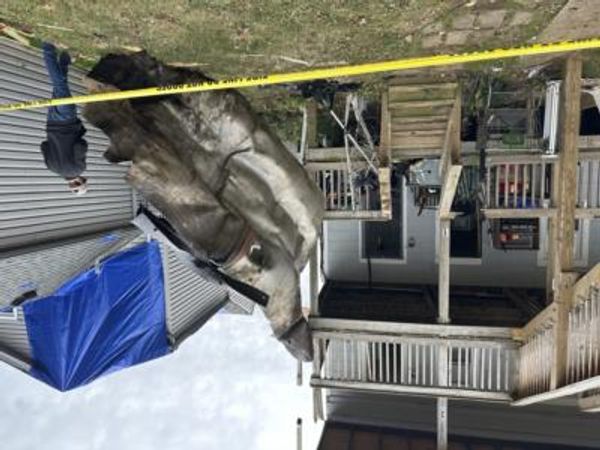Producer price index (PPI) data out Friday morning provided more reason to worry about a hot January reading for the key Federal Reserve inflation rate later this month. Treasury yields surged as markets priced in fewer rate cuts this year, but the S&P 500 held near the flat line after closing at a record high on Thursday.
Blame S&P 500 For Hot Fed Inflation Rate
Actually, surging stock prices are one of the reasons that the primary Federal Reserve inflation rate, the core PCE price index, looks set to end the recent string of tame readings. The Commerce Department will release the PCE data with January personal income and outlays on Feb. 29.
While much of the PCE data matches up with consumer price index data, several key inputs to the PCE price index come from the PPI. The three big ones are portfolio management fees, health care services and airline passenger services.
Portfolio management fees, which tend to follow stock prices with a bit of a lag, jumped 5.5% in January. Although portfolio management only makes up 1.5% of core spending, that 5.5% jump will add nearly one-tenth of a percentage point to the core PCE reading for January.
Health Care Inflation
The way health care inflation is measured is one of the biggest differences between the CPI and PCE price index, and among the reasons the Fed prefers the latter.
CPI data is based on out-of-pocket spending, while PPI data also includes employer and government reimbursements to medical providers. That means health care is a much bigger factor in the PCE, accounting for 18% of core PCE spending vs. an 8% weighting in the core CPI.
The good news is that the PCE measure of health care inflation has been much tamer than the CPI data lately, but that mostly ended in January.
Prices for physician care — after four months of either no rise or just edging up 0.1% — rose 0.5%. Hospital outpatient care prices jumped 2.2%. Inpatient care rose a moderate 0.3%, but December's increase was revised to 0.7% from 0.1%.
There was a bit of good news, though. Health insurance costs fell 1.1%, compared to the CPI measure's 1.4% rise.
Also, airline passenger services prices slipped 0.5% vs. the CPI's 1.4% rise in airline fares.
Core PCE Inflation Forecasts
After the data, Ian Shepherdson, chief economist at Pantheon Macroeconomics, wrote that he's now forecasting a 0.32% monthly rise in the PCE price index, the biggest since September.
However, Goldman Sachs economists now predict a 0.43% rise in the core PCE price index for January. That would still lower the 12-month inflation rate to 2.85% from 2.9%.
Fed Rate-Cut Odds
After the PPI data, markets were pricing in 8.5% odds of a March 20 Federal Reserve rate cut and 33% odds of a rate cut by May 1. Markets now see 70% odds of a rate cut by the June 12 Fed meeting, down from 92% a week ago.
For 2024, markets are pricing in a year-end Fed funds rate of 4.52%. That implies a likelihood of three quarter-point cuts this year.
S&P 500
The S&P 500 inched up 0.1% around noon in Friday stock market action. The S&P 500 has so far been resilient since Tuesday's inflation surprise sparked a sell-off, rallying to a record closing high on Thursday.
A soft retail sales report for January on Thursday eased concerns about the Fed overreacting to what may be a brief interruption of the disinflationary trend.
Still, the 10-year Treasury yield leapt higher this week, breaking through resistance at 4.2%. On Friday, the 10-year Treasury yield rose eight basis points to 4.32%.
Be sure to read IBD's The Big Picture column after each trading day to get the latest on the prevailing stock market trend and what it means for your trading decisions.







